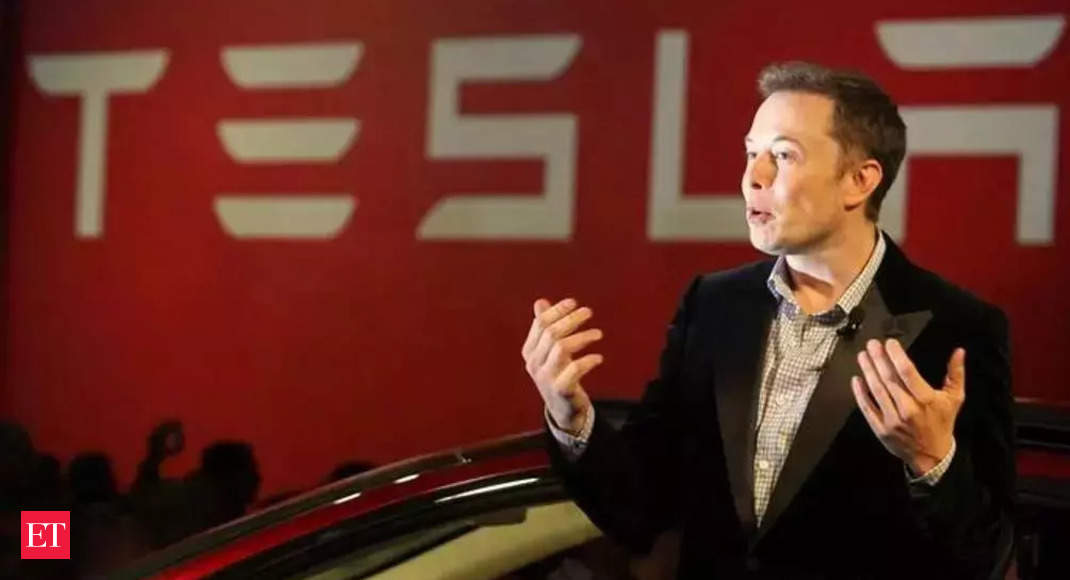Musk said in a tweet: ‘I hope there is a self-sustaining city on Mars in 20 years!’
Last month, the world’s richest man said he was optimistic that ‘humanity will reach Mars in your lifetime’.
‘Without a common goal, humanity will fight itself. The Moon brought us together in 1969, Mars can do that in the future,’ Musk had said.
The Tesla CEO had stated that making multiplanetary life will help back up the ecosystems on Earth and added that apart from humans no other species can transport life to Mars.
Referring to Biblical patriarch Noah who built an Ark that survived the great flood on Earth, Musk said his Starship models will be ‘modern Noah’s Arks’, that can save ‘life from a calamity on Earth’.
SpaceX’s Starship consists of a giant first-stage booster called Super Heavy and a 165-foot-tall (50 meters) upper-stage spacecraft known as Starship. Both elements are designed to be fully reusable, and both will be powered by SpaceX’s next-generation Raptor engines, 33 for Super Heavy and six for Starship.
Last week, it was reported that the much-awaited first orbital test flight of the Starship vehicle will not lift off this month as it has not yet received the necessary launch clearance.
Earlier, the launch was scheduled for July and was shifted to August later.
On August 2, Musk said that a successful orbital flight is probably ‘between 1 and 12 months from now.’
According to a radio-spectrum license application that the company filed with the US Federal Communications Commission (FCC), SpaceX is targeting a six-month window that opens on September 1 for the highly anticipated mission.
.




